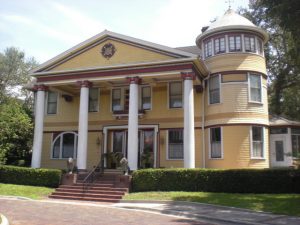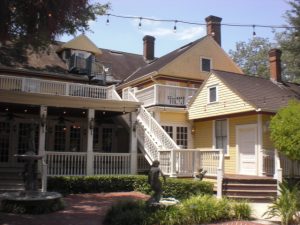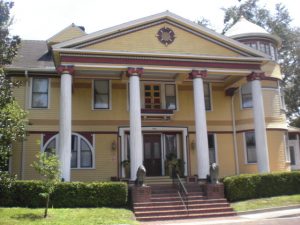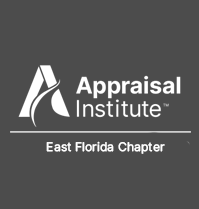By Ira S. Bellinkoff, MAI, CCIM – Edge Realty Advisors
Known as the Dr. Phillips House, the subject is a three-story Queen Anne/Shingle-style historical home, with a Greek Revival portico, comprising 8,436 SF of net rentable area (NRA) that was originally constructed in 1893 and fully restored in 1999 by the Meiner family. The interior includes a commercial kitchen and dining room on the first floor along with six furnished guest rooms located on the second and third floors. The backyard includes a small fountain, gazebo, brick pavers and a covered patio. In 1978, the City of Orlando made the subject a historical landmark, and it was added to the National Register of Historic Places in 1979. This property has historically been used as Louis’ restaurant, a catering/wedding banquet facility, and occasionally for overnight accommodations. The subject is extensively furnished with paintings, furniture and fixtures that were reportedly sourced all across the world. Thankfully, the appraisal assignment only involved appraising the real estate!
To determine comparable sale selection and the highest and best use, several questions had to be answered such as:
- What is the significance of this property to the history of the country, region, community or neighborhood?
- What historical designations does the property have?
- Is the property solitary, or is it a group of historic properties?
- Is the property eligible for rehabilitation tax credits?
- Would the property benefit from heritage tourism?
- Is the property encumbered by, or eligible for, a preservation or conservation easement?
- Are there any adaptive uses suitable?
Despite being a well-known figure in Orlando as an orange grove magnate in the late 1800’s and early 1900’s, people outside of Orlando would most likely be unfamiliar with Dr. Phillips. Overall, the architectural qualities of the subject and its historical significance did not warrant extending the selection of sales beyond downtown Orlando into other marketplaces; however, comparable sales included sales of local historic properties with different uses but similar architecture or sales of local similar-use, competitive, but non-historic properties. The appropriate increment for historic qualities was isolated from paired historic and non-historic properties.



